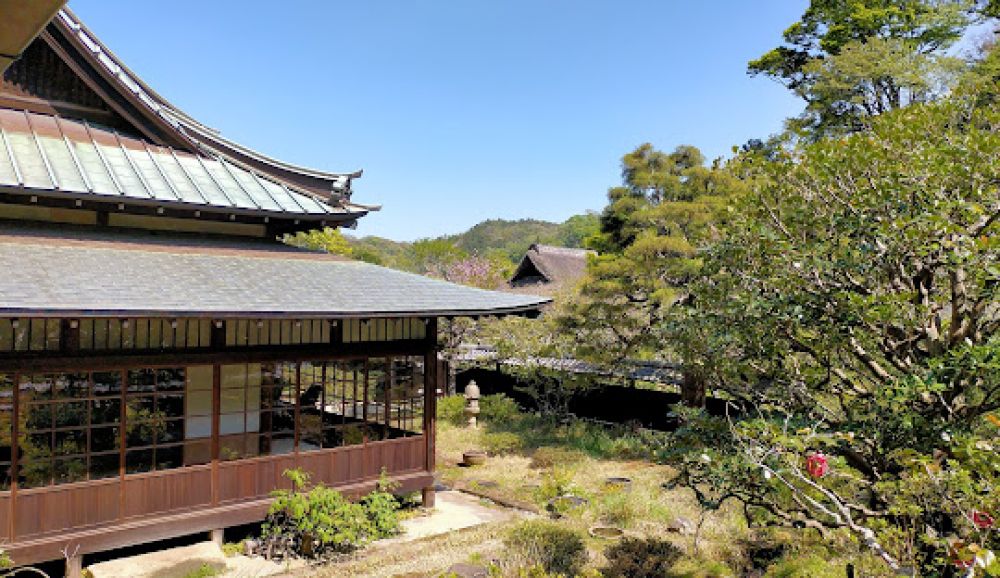

Tokeiji Temple, also known as Kakekomi-dera or the "Divorce Temple," is a historically significant site located in Kamakura, Kanagawa Prefecture, Japan. Founded in 1285 by the nun Kakusan-ni after the death of her husband, Hōjō Tokimune, it has long been a unique sanctuary for women. Initially, it served as a convent and a refuge for women seeking divorce, which was a revolutionary concept at the time.
While Tokeiji's roots are deeply religious and social, its allure as a tourist destination has evolved over the centuries. As Japan opened to international tourism in the late 19th to early 20th centuries, places like Kamakura became accessible to the burgeoning number of tourists interested in the nation's rich history and cultural heritage.
The temple's unique history as a place of empowerment for women and its beautiful Zen garden have made it a point of interest. Visitors were drawn by the narrative of female resilience and the tranquil ambience of the temple grounds.
Post-World War II, Japan experienced rapid economic growth, and the leisure industry expanded. Increased domestic and international tourism turned Kamakura, with its numerous historical sites, into a major cultural destination. Tokeiji, offering a blend of natural beauty and intriguing history, became a significant stop on many travelers’ itineraries.
The temple's architecture, cherry blossoms, and autumn leaves provide a stunning backdrop for cultural education and exploration. Its status as a former nunnery and shelter for women also contributed to its emergence as a symbol of women's rights and social progress in Japan.
In recent years, a trend towards experiential and educational tourism has further refined the profile of visitors to Tokeiji. Tourists are not only looking to view the sights but also to understand the historical and cultural contexts of the locations they visit.
Mindfulness and wellness tourism have seen a boost, with many visitors to Tokeiji participating in Zen meditation sessions and enjoying the calm, peaceful environment of the temple gardens. Preservation efforts and the promotion of Kamakura's heritage sites have kept Tokeiji relevant in contemporary discussions about the importance of history and culture in modern-day tourism.
Like many historical sites, Tokeiji faces challenges in preservation and maintaining relevancy in an ever-changing world. Efforts have been made to balance the necessity of tourism with the preservation of the temple's serene atmosphere and physical integrity.
Educational programs, guided tours focused on the history of women’s rights, and community involvement initiatives have been instrumental in keeping Tokeiji an engaging and meaningful destination for the contemporary tourist.
In conclusion, Tokeiji Temple's tourism history is a rich tapestry that has grown and diversified over time. It remains a testament to Japan's dynamic relationship with its history and cultural assets, marking it as a cherished location for tourists and locals alike.